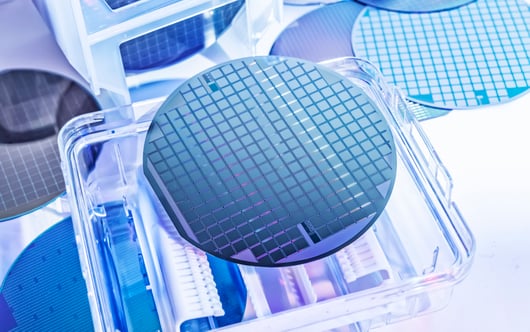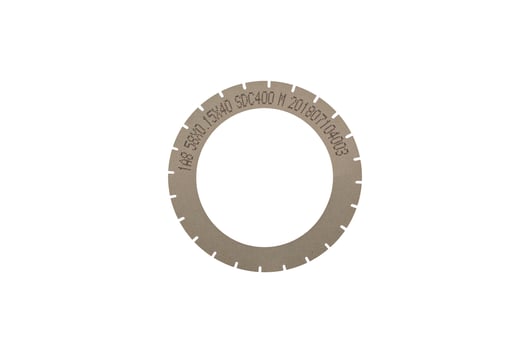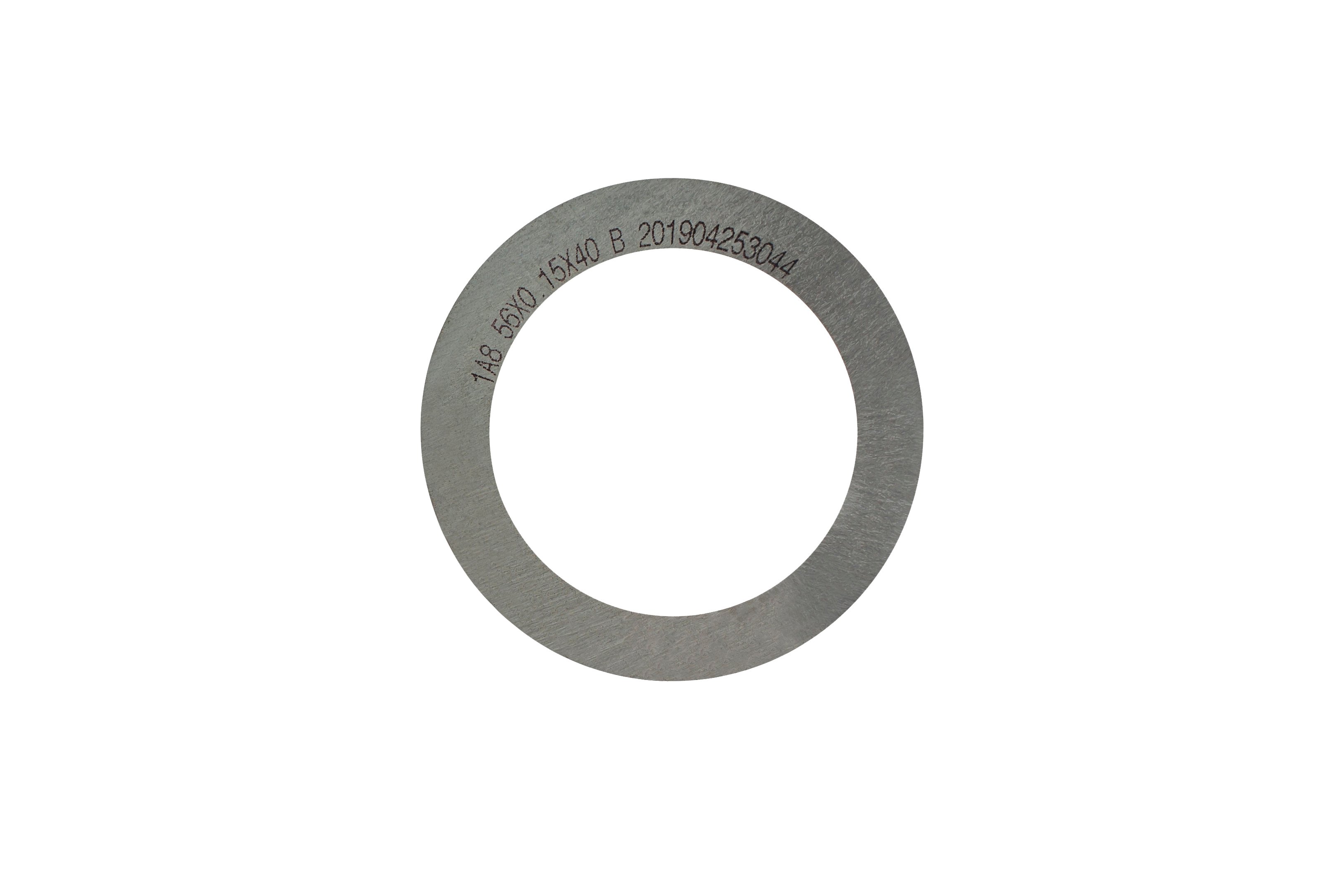Expert Tips for Maximizing Dicing Blade Performance
The slicing and dicing blade industry covers a large range of manufacturing types: from semiconductors to glass and ceramics, wafer singulation, sawing, shaping crystals or quartz, precision machining manufacturing, and much more. With so many machinists implementing these strategies across the industry, it’s fair to say not every operation is running as smoothly as it could be.

The correct bond for your dicing blade?
Common issues many manufacturers face during slicing and dicing processes include wheel loading and cycle inconsistency, premature wheel wear, and surface defects reflected in the final product. These issues negatively affect material costs, waste labor, and shorten turnaround. The good news is, they’re easily preventable in
most cases.
First things first, ensure the correct wheel is being used for the application. The most common bonds for slicing and dicing processes are resin bonds. The elasticity offered by a resin bond provides a very forgiving wheel, it is capable of producing an outstanding surface finish and is one of the most economically priced options. Resin bonds are the choice for many manufacturers in tungsten carbide tooling, ceramics, and glass, refractories, and semiconductors.
Resin bonds are available in both phenolic resin and polyimide resin.
Phenolic resins can be used for wet or dry grinding operations and are often seen in off-hand grinding, centerless grinding, and general-purpose tool room use. Slightly harder than phenolic resin, polyimide resins can offer better form retention. Polyimide resin provides superior stock removal rates and higher temperature tolerance. Polyimide-bonded wheels experience minimal wear compared to other resin options.
Some applications enduring higher temperatures require superior heat resistance.

Metal Bond Dicing Blades
Metal bond dicing blades provide excellent durability and consistency when faced with increased temperatures. Eagle’s MultiTec Metal Bonds provide extended tool life and require less maintenance than competitors’ metal bond wheels. Ideal for grinding glass, certain composites, and some metals, MultiTec Bonds are engineered for extreme abrasion resistance. Whether the abrasive is CBN or diamond, Multitec Bonds provide a product that holds its shape longer than any other bond system during use.
The abrasives typically used are Diamond and cubic boron nitride (CBN). Both abrasives have different properties and are suitable for cutting many materials. With some materials, there is an overlap where diamond or CBN can be used. In these cases, the machining process and finished product specifications might dictate which abrasive is better for the application.
Selecting the appropriate abrasive and grit size will also depend on the material being processed, the desired surface finish, and the expected result.
Diamond abrasive can be utilized when cutting tungsten carbide, ceramic materials, such as alumina, zirconia, and silicon carbide, glass, quartz, non-ferrous materials, and composites, such as fiberglass and carbon fiber-reinforced plastics (CFRP), hardened tool steels, nickel, and cobalt-based alloys, PCD (polycrystalline diamond) and PCBN (polycrystalline cubic boron nitride) cutting tools. CBN abrasive can be used to machine hardened steels, and bearing steels, such as 52100 steel, cast iron, hardened alloys, and ferrous materials.

The size and shape of the abrasive chosen will need to be considered, as the expected geometries can be difficult to achieve with certain grit sizes. Consulting an engineer is always recommended when choosing an abrasive type, size, and shape.
Once it has been confirmed that the correct wheel is being used for the application, it is important to monitor and maintain the wheel and the machinery involved. Slicing and dicing blades can become loaded with workpiece material during cutting operations, leading to reduced performance and increased risk of workpiece damage. Wheel loading can occur more frequently when cutting soft or sticky materials, and may require frequent wheel dressing or cleaning to maintain cutting efficiency.
Achieving a Smooth Finish
Achieving a smooth and uniform surface finish is critical in many slicing and dicing applications, such as semiconductor wafer dicing. If the dicing blade being used does not produce the desired surface finish, it may require additional processing steps, such as polishing, to achieve the required surface quality.
Depending on the machine and application dicing blades might also require dressing. Dressing helps to remove glazing, expose fresh abrasive particles, and maintain the desired profile. Dressing techniques should be chosen based on the blade type and application requirements.
Speaking of consistency, regular coolant use and the monitoring of cutting parameters, such as cutting speed, feed rate, and depth of cut, can significantly impact the performance of dicing blades. Optimizing cutting parameters based on the material being cut, the type of blade, and the desired cutting quality can help improve cutting efficiency, reduce blade wear, and minimize the risk of workpiece damage. Regular monitoring and inspection of the dicing blade during operation can also help detect issues such as excessive dicing blade wear, loading, or damage, and prompt corrective actions to be taken to optimize performance and prevent quality issues.
The perfect approach for a specific operation can be daunting to execute, that’s why Eagle Superabrasives is here to help. Our experienced engineers are prepared to provide valuable insight and recommendations based on specific needs. By working closely with our team, you can select the appropriate bond and abrasive type for your application, troubleshoot process issues, obtain coolant recommendations, and receive expert advice on dressing methods and wheel balancing. Don't hesitate to contact us for guidance and support in achieving optimal results with your slicing and dicing operations.
Subscribe to email updates
Subscribe to our blog to get the latest updates from the experts on Grinding Wheels! You can easily unsubscribe at any time


